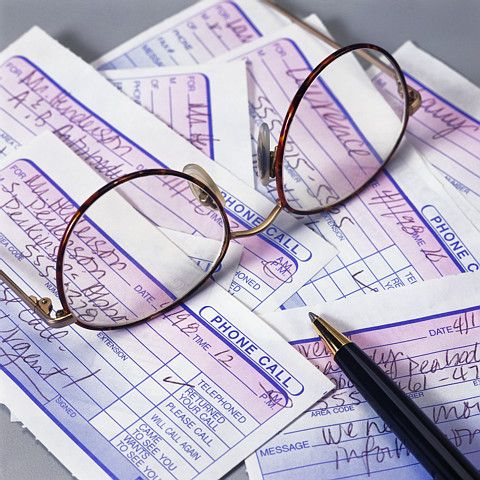Application Requirements for an M-1 Visa





An alien who is going to pursue a full-course of study in a community/junior college, vocational/business school, or other non-academic institution in the United States can apply for an M-1 Visa with a U.S. Consulate abroad.
In order to be eligible to apply for an M-1 visa, there are requirements that must first be met. The applicant must:
- Have a foreign residence and have no intention of abandoning it;
- Be a bona fide student that is qualified to pursue a full-course of study;
- Seek to enter the U.S. as a student temporarily and solely for the purpose of pursuing such a course of study at an established institution of learning or other recognized place of study in the United States;
- Only study at an institution designated to him/her and approved by the U.S. Immigration and Customs Enforcement (ICE) in compliance with the SEVIS program; and
- Must not attend a public elementary school or publicly funded adult education program, and will not attend a public secondary school unless he/she attends the secondary school for a period less than 12 months and demonstrated that he/she has reimbursed the school board the full, unsubsidized cost of the education.
In accordance with the "Retention and Reporting of Information for F, J and M Nonimmigrants; Student and Exchange Visitor Information System (SEVIS)", effective on January 1, 2003, an alien student may take the following steps to obtain an M-1 Visa:
-
Admission to an approved school: An alien first must apply to study at an approved school in the United States. When the alien contacts a school that he is interested in attending, usually he will be told immediately if the school accepts foreign national students. In order to apply for an M-1 visa, the alien must be admitted by an approved school.
-
If the alien is admitted, the school will issue him a SEVIS Form I-20.
-
The next thing for the alien to do is to take the SEVIS Form I-20 to the appropriate U.S. Embassy or Consulate with jurisdiction over his place of permanent residence to apply for an M-1 visa. The alien student must satisfy two criteria: (a) He must prove that he has no immigration intent and his travel to the U.S. is purely for studies; and (b) he must also prove to the visa officer that he has the financial resources required for his education and stay in the United States. Proof of English proficiency may also be required.
The consulate officer must also verify the student’s SEVIS I-20 and the student’s data in the SEVIS system before issuing a visa. It should be noted that the M-1/M-2 visa application will be denied if there is no SEVIS record for the student or if the student fails to pay the SEVIS fee.
The documents and information needed to apply for an M-1 visa are:
-
-
An application Form DS-160 (the online Non-immigrant Visa application that is used by Consular Officers to process the visa application, the offline equivalent is the DS-156). A separate form is needed for children, even if they are included in a parent's passport. Blank forms are available without charge at all U.S. consular offices and on the Visa Services website under Visa Application Forms.
-
A passport valid for travel to the United States and with a validity date at least six months beyond the applicant's intended period of stay in the United States. If more than one person is included in the passport, each person desiring a visa must make an application;
-
One photograph following these requirements
-
A SEVIS Form I-20;
-
Evidence of sufficient funds;
-
A nonrefundable US$160 application fee; and
-
Documentation showing financial resources.
Furthermore, the U.S. consulate may issue the initial visa up to 120 days before the start of the school session; however, the initial student cannot enter the United States more than 30 days before the beginning of school. The first time an M-1 student interacts with the USCIS, the student will be issued a Form I-20ID copy with his/her admission number. Thus, the student must have the Form I-20ID copy with him/her at all times. If the form is lost, the student may request a new copy on Form I-102 from the USCIS office having jurisdiction of the school the student was authorized to attend.
Sources:
Electronic Code of Federal Regulations: 8 CFR § 214.2(m)(1)-(2)
DOS Foreign Affairs Manual: 9 FAM 41.61 N14.2
Immigration and Nationality Act: INA § 214(m)
For more information about M-1 visas, please click on one of the following links:
- Description
- The Student and Exchange Visitor Information System (SEVIS)
- Application Requirements for an M-1 Visa
- Gaining M-1 Status after Obtaining an M-1 Visa
- Maintaining Valid M-1 Status
- Time Limitation of M-1 Status
- Reinstatement of M-1 Status
- Employment Opportunities for M-Status Holders
- The Spouse and/or Children of M-1 Holders
- Transfer of School and/or Major
- Special Rules for Certain Border Commuter Students